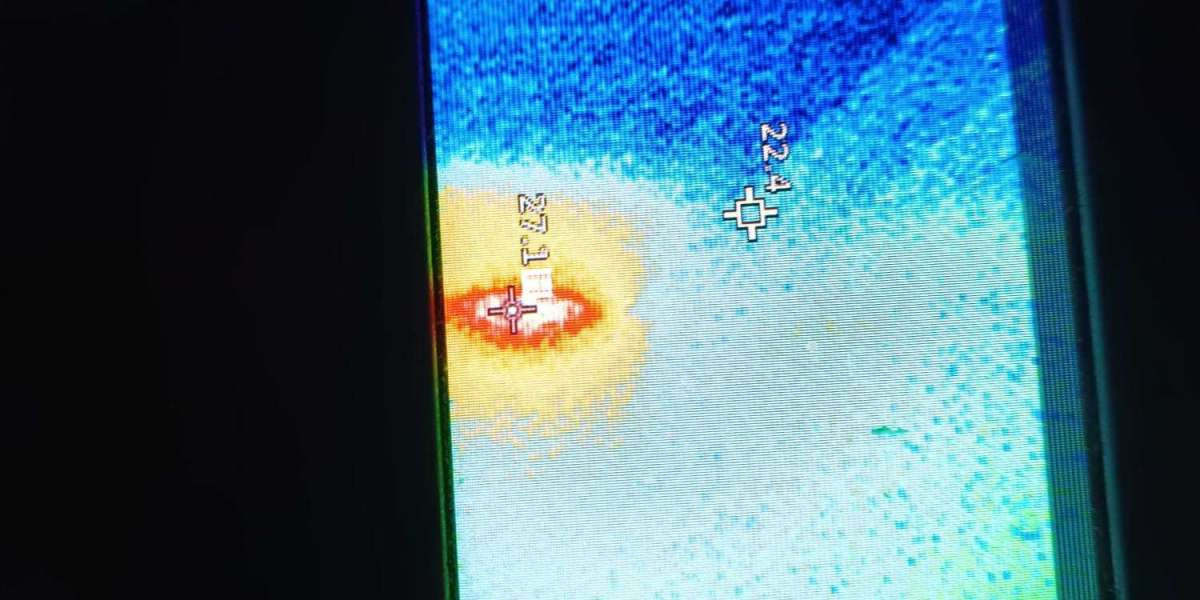Unlocking the Secrets of Peripheral Myelin Proteins.
Our bodies are intricate networks of communication, with nerves acting as the superhighways for signals that govern everything from movement to sensation. While we often focus on the nerve cells themselves, unsung heroes are playing a crucial role in ensuring this communication flows smoothly and efficiently: the peripheral myelin proteins. These specialized proteins are key components of the myelin sheath, an insulating layer that wraps around the nerve fibers in our peripheral nervous system. Often overlooked, these myelin proteins are essential for proper nerve function, and unlocking their secrets is crucial for understanding both normal physiology and the development of various neurological disorders.
The peripheral nervous system (PNS), which extends from the brain and spinal cord to the rest of the body, relies heavily on the myelin sheath for rapid and reliable signal transmission. This insulating layer is primarily composed of lipids (fats), but it's the embedded peripheral myelin proteins that provide structural integrity, organization, and facilitate crucial interactions within the sheath. Without these proteins functioning correctly, the myelin sheath's ability to insulate nerve fibers would be compromised, leading to disruptions in nerve signal conduction.
One of the primary roles of peripheral myelin proteins, such as Protein Zero (P0), Peripheral Myelin Protein 22 (PMP22), and Myelin Basic Protein (MBP) – though MBP is more prominent in the central nervous system, its isoforms play a role peripherally – is to provide the structural framework of the myelin sheath. P0, for instance, is the most abundant myelin protein in the PNS and acts like molecular Velcro, holding adjacent layers of the myelin sheath tightly together through interactions between its extracellular domains. This compaction is vital for the insulating properties of myelin.
PMP22, another key peripheral myelin protein, is involved in maintaining the overall architecture and stability of the myelin sheath. Its precise function is still being investigated, but it's known to play a critical role in the proper formation and maintenance of myelin. Aberrations in PMP22 are implicated in several inherited neuropathies, highlighting its importance for nerve health.
While the insulating function of myelin is well-known, the peripheral myelin proteins contribute to more than just electrical insulation. They are also involved in signaling pathways that support the survival and health of the nerve fibers (axons) they surround. These proteins can interact with the axon's surface and influence the transport of nutrients and other essential molecules along the nerve fiber, contributing to the overall health and functionality of the peripheral nervous system.
Furthermore, research is uncovering the role of peripheral myelin proteins in the interactions between Schwann cells (the cells that produce myelin in the PNS) and the axons they ensheath. These interactions are crucial for maintaining the structural integrity of the nerve and supporting nerve regeneration after injury. The myelin proteins act as communication molecules, ensuring that Schwann cells and axons can effectively coordinate their activities.
Unlocking the secrets of these peripheral myelin proteins involves a range of sophisticated techniques, from molecular biology and protein chemistry to advanced imaging and genetic studies. By understanding their precise structures, interactions, and functions, scientists hope to gain insights into the mechanisms underlying various peripheral neuropathies, conditions that affect the peripheral nerves and often involve myelin abnormalities.
In conclusion, the peripheral myelin proteins are truly the unsung heroes of our nerves, working tirelessly behind the scenes to ensure rapid and reliable communication throughout our bodies. Their roles extend beyond simple insulation to encompass structural support, axonal health, and cell-cell communication. As research continues to unravel their complexities, we gain a deeper appreciation for their vital contributions to our nervous system and pave the way for potential therapies for debilitating neurological disorders. Understanding these myelin proteins is key to understanding the intricate workings of our peripheral nervous system.








